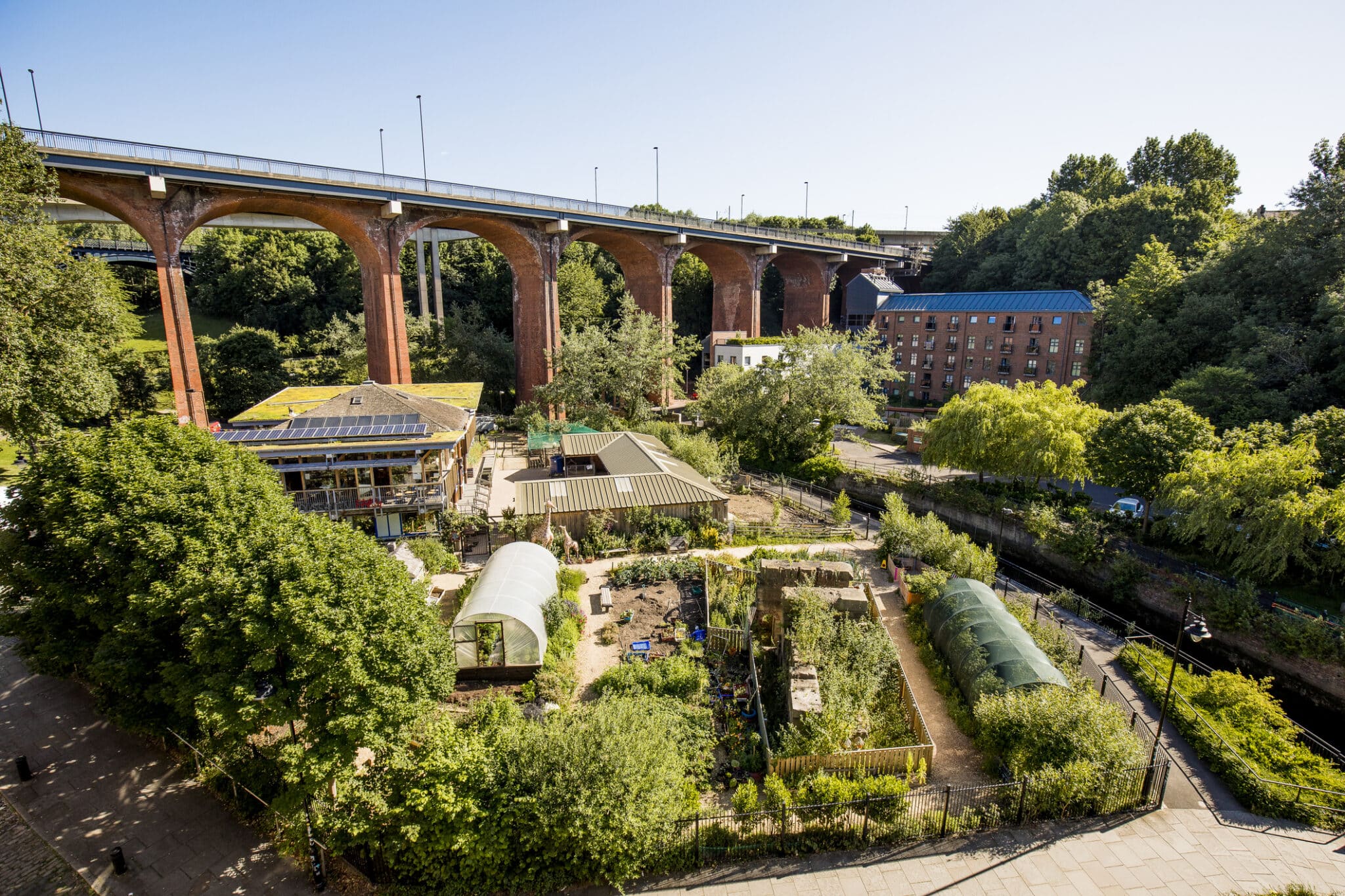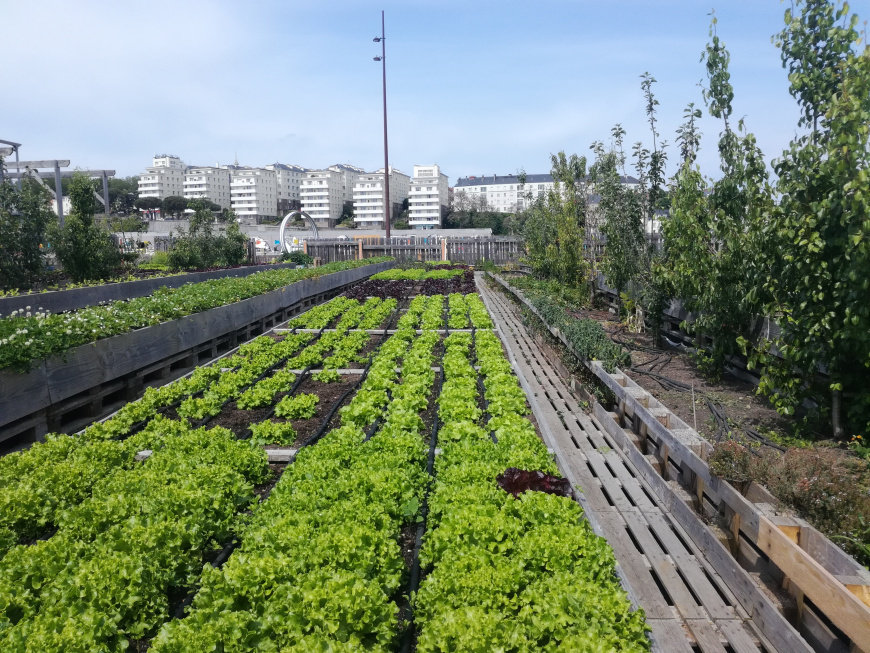The smart Trick of City Blooming That Nobody is Talking About
Not known Facts About City Blooming
Table of ContentsNot known Incorrect Statements About City Blooming Our City Blooming PDFsCity Blooming Things To Know Before You Get ThisCity Blooming for DummiesThe 9-Second Trick For City Blooming
Fascinated in growing food available for sale in the City of Chicago? Thinking of beginning a community yard? Modifications to the Chicago Zoning Ordinance enable farming usages like area gardens and urban ranches in several components of the city. Below is a list of often asked concerns concerning the policies and policies that farmers should think about when intending an urban agriculture task.
The zoning amendment does not customize any other codes handling composting, structure authorizations, purchasing or renting City had residential property, business licenses or ecological contamination. There are existing codes that manage these problems and they continue to be completely effect and might be suitable to your task. Neighborhood yards are usually owned or taken care of by public entities, civic companies or community-based organizations and maintained by volunteers.
Urban ranches expand food that is intended to be marketed, either on a not-for-profit or for-profit basis. Due to their commercial function, metropolitan farms call for a service license.
Some Ideas on City Blooming You Should Know
The amount of garden compost material can not go beyond 25 cubic lawns at any type of offered time according to the criteria in 7-28-715 of the City's Municipal Code. Because the soil at a lot of brand-new garden sites needs amending, compost, soil, wood chips, or various other materials can be gotten to construct or boost the expanding area.

If a building permit is required then the hoophouse will be considered an accessory building. You can learn more concerning the building license requirements by speaking to the Division of Structures. The 25,000-square-foot dimension restriction is intended to avoid a single community yard from controling an offered block or diminishing the block's existing household or commercial character.
The limit does not apply to yards situated in Public Open Area (POS) districts. Can there be even more than one area garden that is 25,000 square feet on a single block? Fence is not needed, nevertheless, yards that have huge vehicle parking locations may be called for to set up secure fencing or other landscape design attributes.
Fascination About City Blooming
B1 & B2 districts require that all industrial usage tasks be conducted indoors. Is fence website here needed for city ranches? Fences may be required, along with landscaping and screening, for specific vehicle parking locations and exterior job or storage space locations depending on place and the certain activity taking place.
Urban ranches require building permits and zoning authorizations prior to construction (sustainable gardening). Other types of city review might be needed depending on specific frameworks, tasks, dimension, landscape design, licensing, public heath and stormwater monitoring issues.
The Department of Organization Affairs and Consumer Protection can aid establish the certain type of company certificate that's needed. Off road vehicle parking is required for a lot of business projects in Chicago. The needed number of car park areas is based on the number of staff members functioning on website and not the square video of the expanding room.
The 5-Minute Rule for City Blooming

A metropolitan ranch can offer compost material created on website, nevertheless, the operation should conform with the guidelines in 7-28-715 of the Chicago Municipal Code. Aquaponic systems are enabled inside on city ranches in many zoning areas.
Approximately 5 hives or nests of honey might be maintained as an accessory use. Nevertheless, beekeepers have to register with the Illinois Department of Farming. To find out more regarding the recommended zoning modification you might get in touch with the Division of Housing and Economic Growth, Bureau of Planning and Zoning at 312.744.8563.
Farming in cities and urban areas A city farm in Chicago. Urban farming refers to different practices of growing. https://www.merchantcircle.com/blogs/city-blooming-san-francisco-ca/2024/6/City-Gardening-Growing-Urban-Spaces/2755418, processing, and distributing food in urban locations. The term also relates to the area tasks of animal husbandry, tank farming, beekeeping, and gardening in a city context. Urban agriculture is distinguished from peri-urban farming, which happens in country areas beside suburbs.
The Of City Blooming
, who seek to develop social networks started on a common values of nature and neighborhood holism. These networks can create by means of formal institutional assistance, ending up being incorporated into regional town planning as a "shift community" activity for lasting city growth.
Some of the first proof of urban farming comes from Mesopotamia.